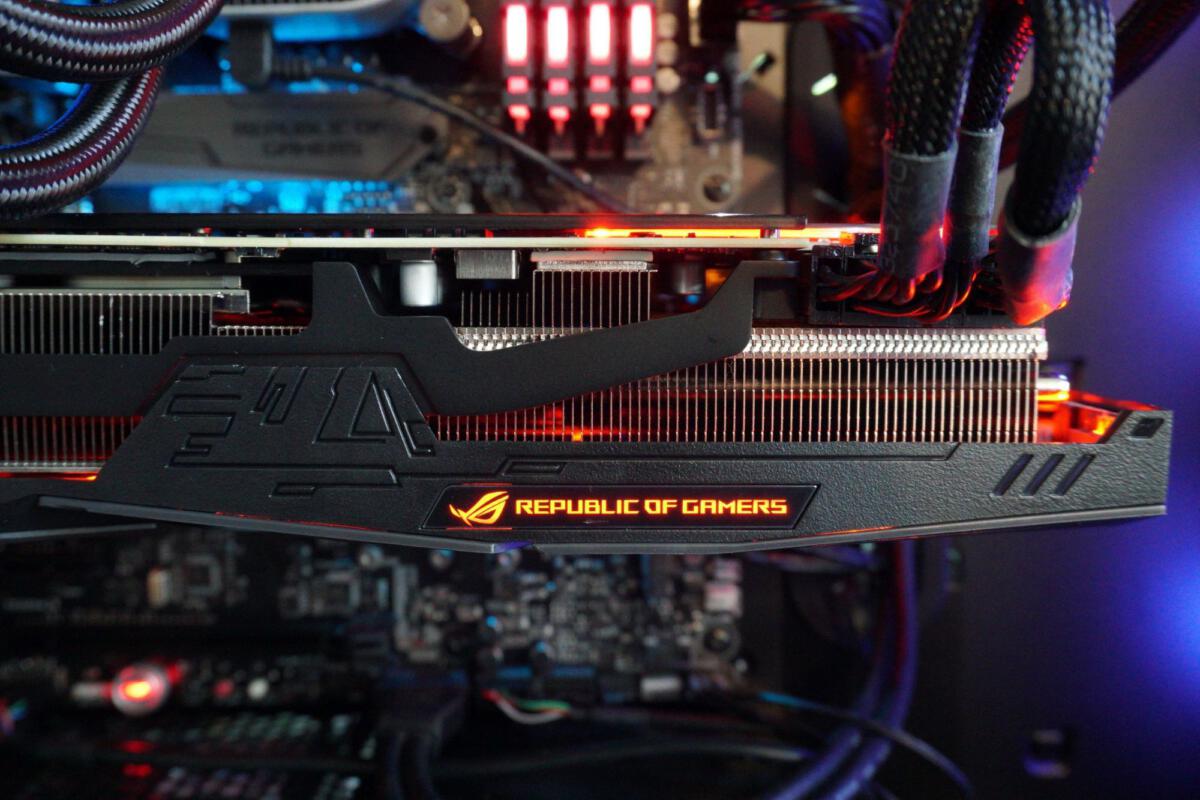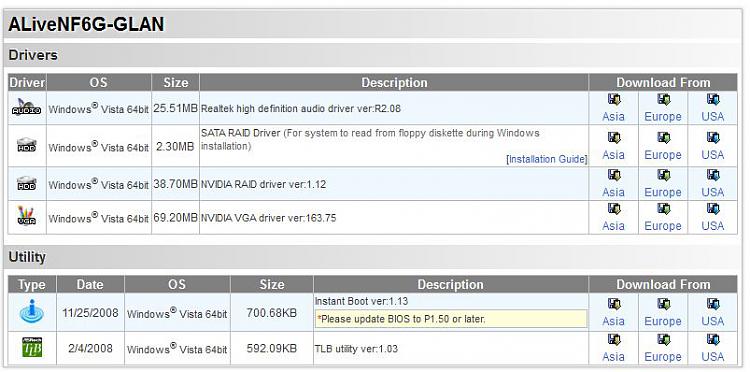There is a problem with my PCI device drivers. The message on the properties page is 'The drivers for this device are not installed. (Code 28) There is no driver selected for the device information set or element. To find a driver for this device, click Update Driver.' I have tried Updating th. PCI driver: Scans configuration space looking for any devices with a set PME status bit. For each device, it disables PME and completes the WAITWAKE IRP for that device to inform the driver that it is asserting wake-up. The PCI driver stops scanning for wake devices when it has made a complete pass through all PCI devices having not found any.
-->Important
You can find a list of known IDs used in PCI devices at The PCI ID Repository. To list IDs on Windows, use devcon hwids *. Drivers realfine.
The following is a list of the device identification string formats that the PCI bus driver uses to report hardware IDs. When the Plug and Play (PnP) manager queries the driver for the hardware IDs of a device, the PCI bus driver returns a list of hardware IDs in order of increasing generality.
Where:
Drivers/pci/quirks.c
v(4) is the four-character PCI SIG-assigned identifier for the vendor of the device, where the term device, following PCI SIG usage, refers to a specific PCI chip. As specified in Publishing restrictions,
0000andFFFFare invalid codes for this identifier.d(4) is the four-character vendor-defined identifier for the device.
s(4) is the four-character vendor-defined subsystem identifier.
n(4) is the four-character PCI SIG-assigned identifier for the vendor of the subsystem. As specified in Publishing restrictions,
0000andFFFFare invalid codes for this identifier.r(2) is the two-character revision number.
c(2) is the two-character base class code from the configuration space.
s(2) is the two-character subclass code.
p(2) is the Programming Interface code.
Examples
Note
In these examples, you'll need to replace the placeholder SUBSYS values of 00000000. As mentioned earlier, 0000 is invalid for the v(4) and n(4) identifiers.
The following is an example of a hardware ID for a display adapter on a portable computer. The format of this hardware ID is PCIVEN_v(4)&DEV_d(4)&SUBSYS_s(4)n(4)&REV_r(2):
PCIVEN_1414&DEV_00E0&SUBSYS_00000000&REV_04
The following is the hardware ID for the display adapter in the previous example with the revision information removed. The format of this hardware ID is PCIVEN_v(4)&DEV_d(4)&SUBSYS_s(4)n(4).

PCIVEN_1414&DEV_00E0&SUBSYS_00000000
Note


Bus Drivers Pictures
In Windows 10, some IDs that previously appeared in the Hardware IDs list now appear in the list of Compatible IDs.
Reporting compatible IDs
The following is a list of the device identification string formats that the PCI bus driver uses to report compatible IDs. The variety of these formats provides substantial flexibility to specify compatible IDs. The PCI bus driver constructs a list of compatible IDs based on the information that the driver can obtain from the device. When the PnP manager queries the driver for the compatible IDs of a device, the PCI bus driver returns a list of compatible IDs in order of decreasing compatibility.
Where:
Drivers Pci Simple Communications Controller
The definitions of the following fields in a compatible ID are identical to the definitions of the corresponding fields that used in a hardware ID: v(4), r(2), c(2), s(2), and p(2).
Rockgroupplc driver download for windows 10 64-bit. d(4) in the DEV_d(4) field is the four-character vendor-defined identifier for the device.
d(4) in the DT_d(4) field is the four-character device type, as specified in the PCI Express Base specification.
Drivers Pci Simple Communications Controller
For the example of a display adapter on a portable computer, any of the following compatible IDs would match the information in an INF file for that adapter:
